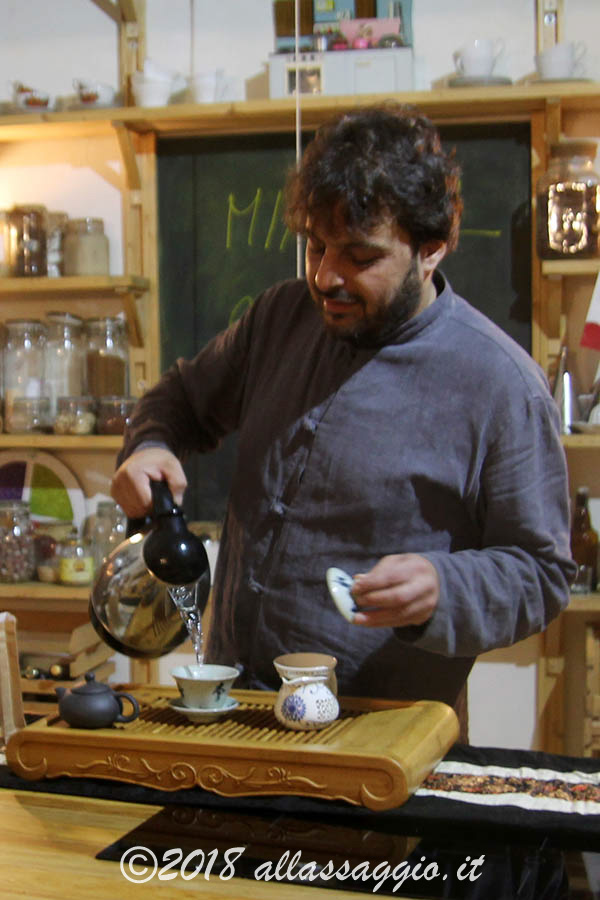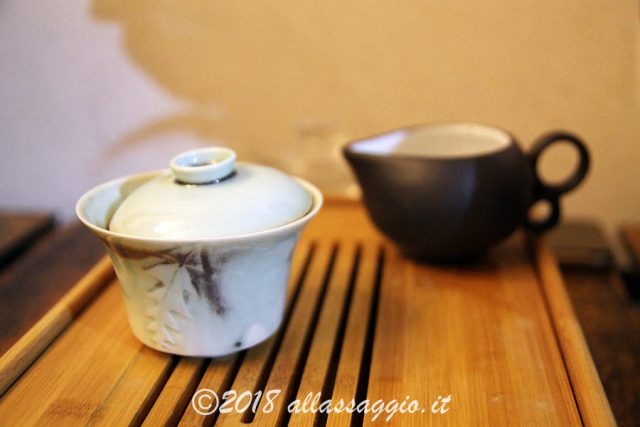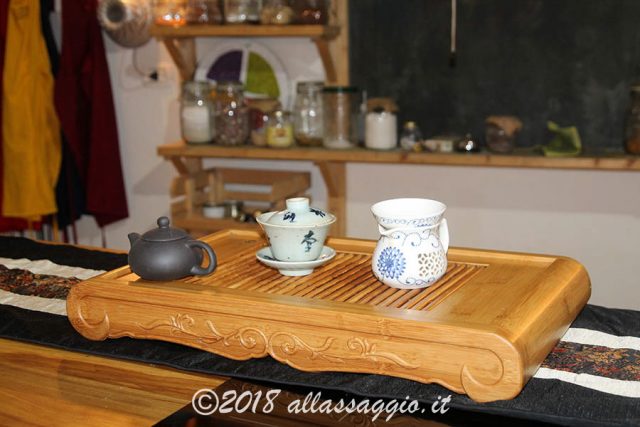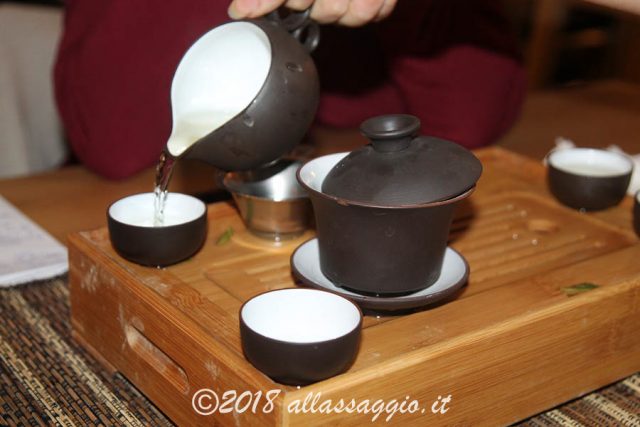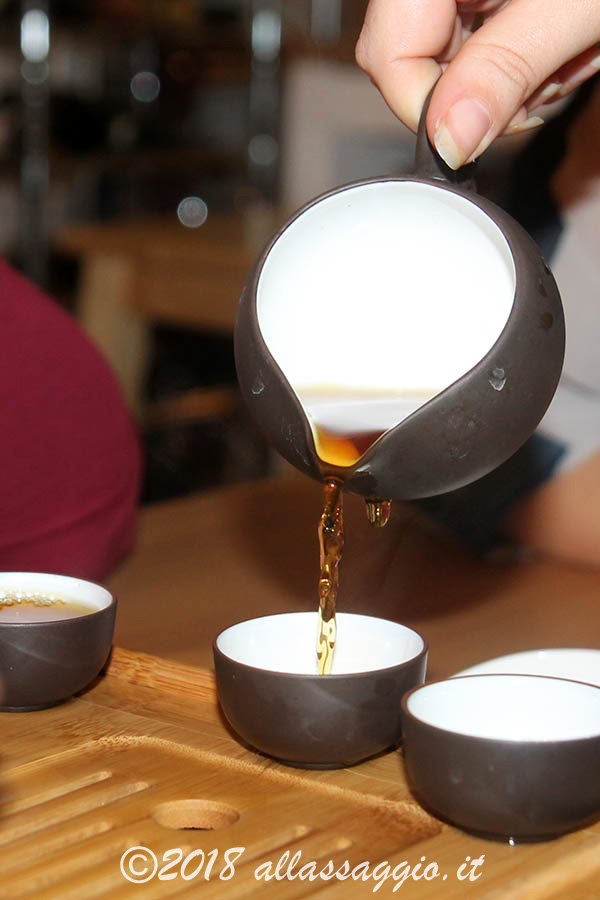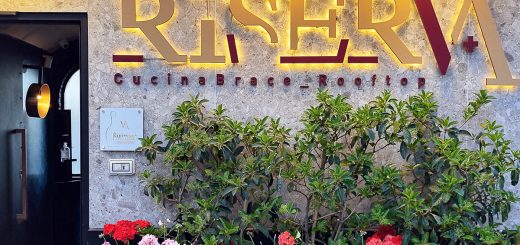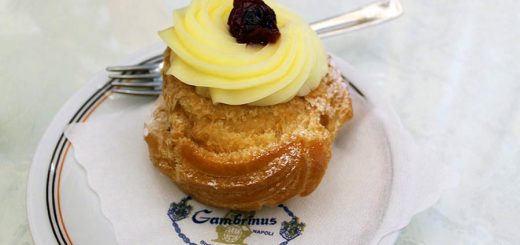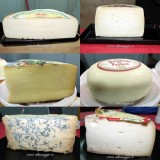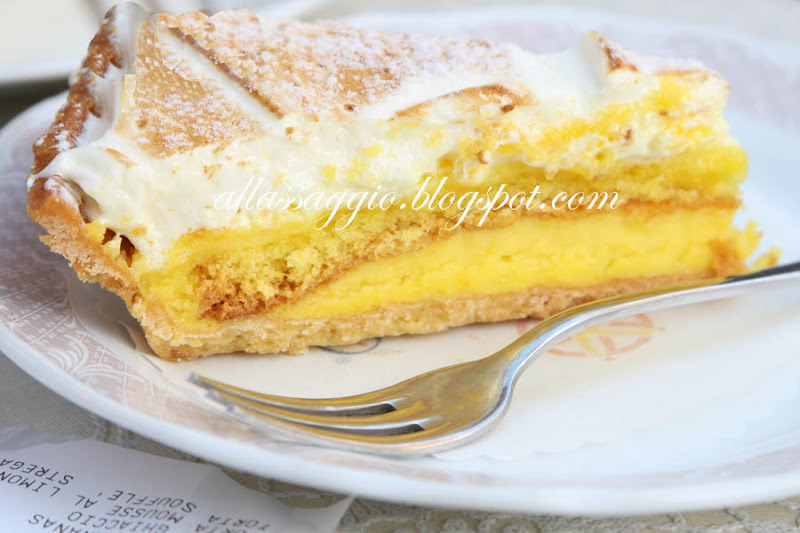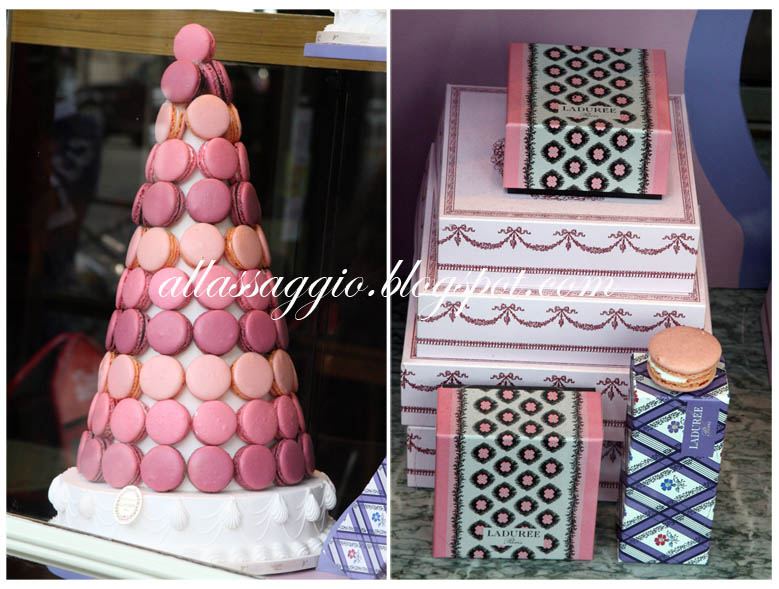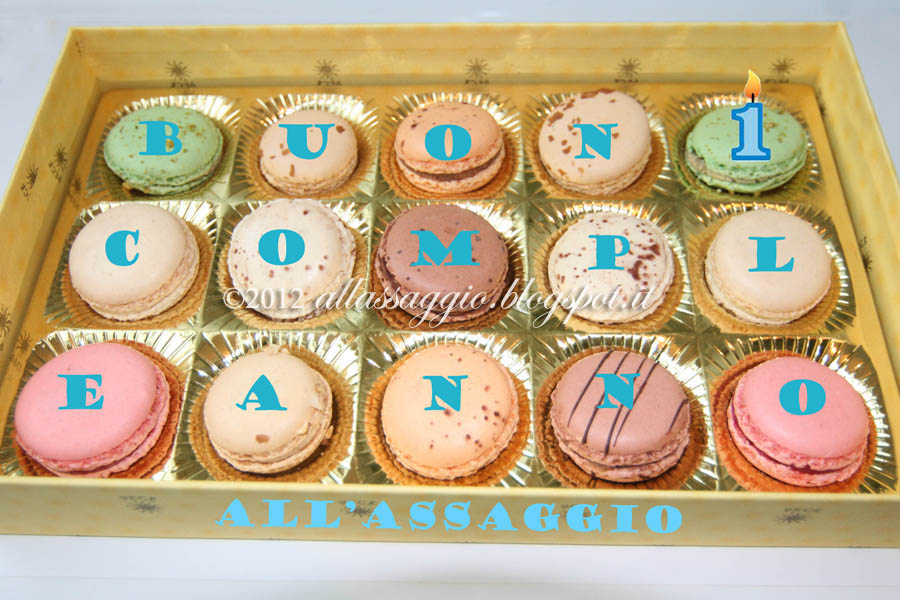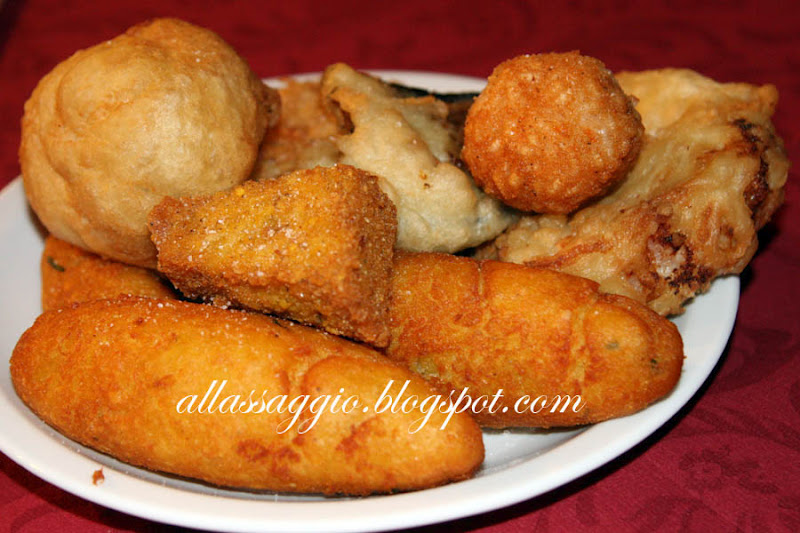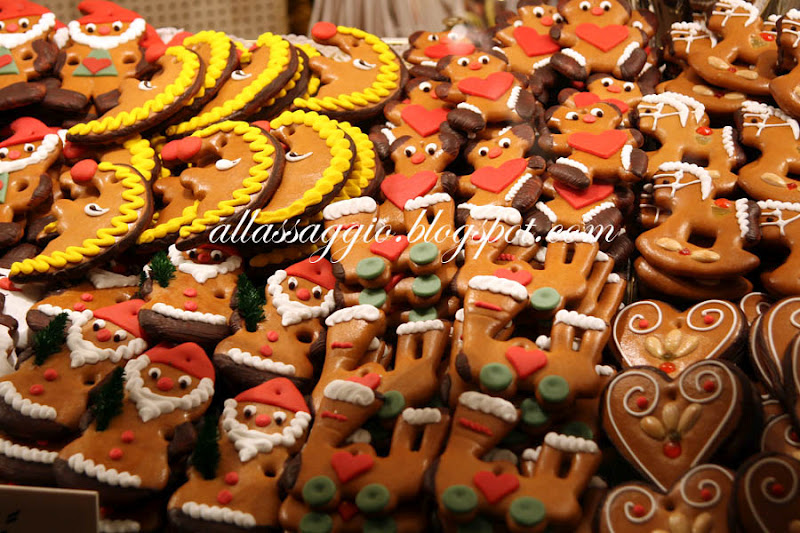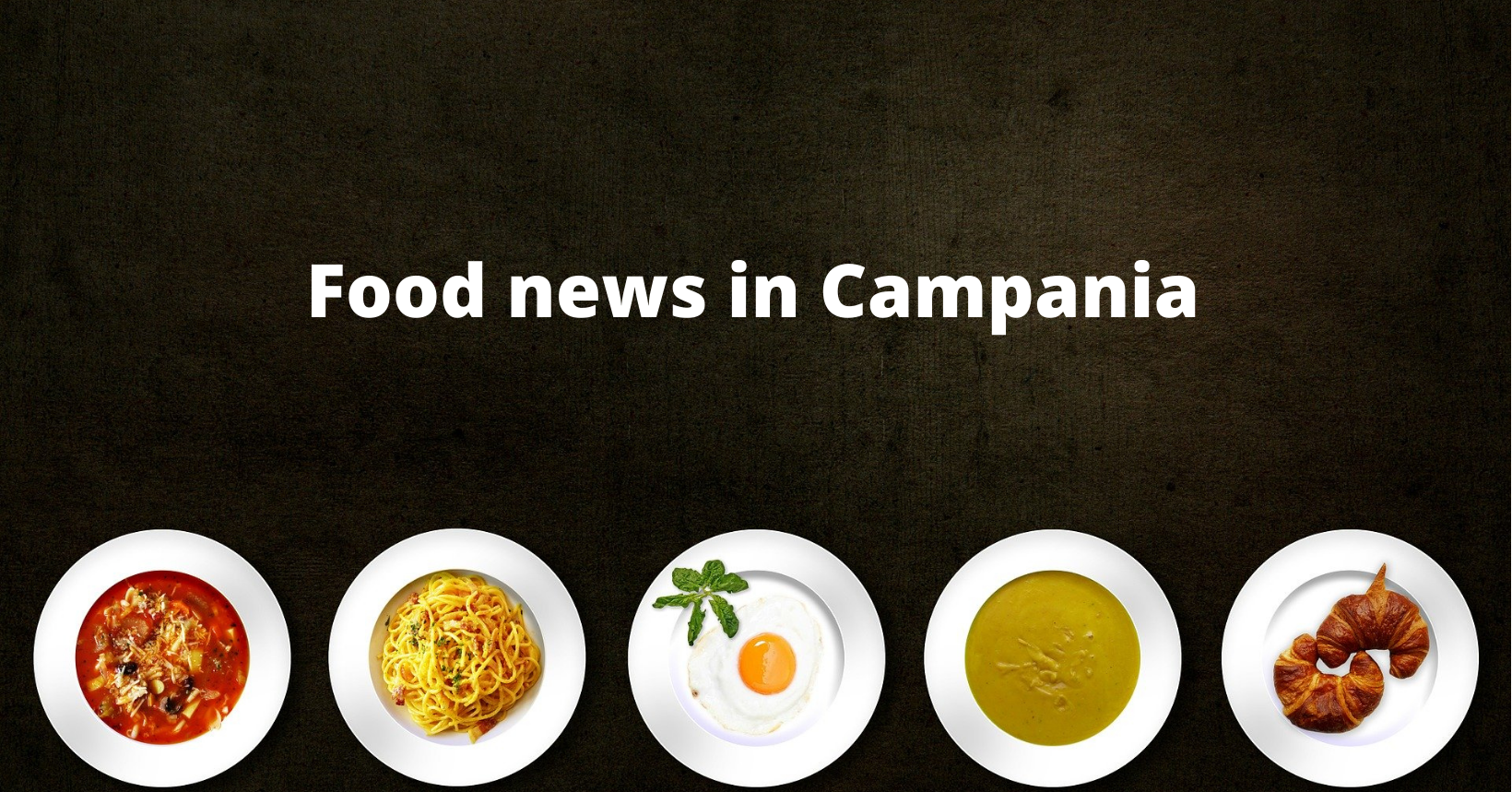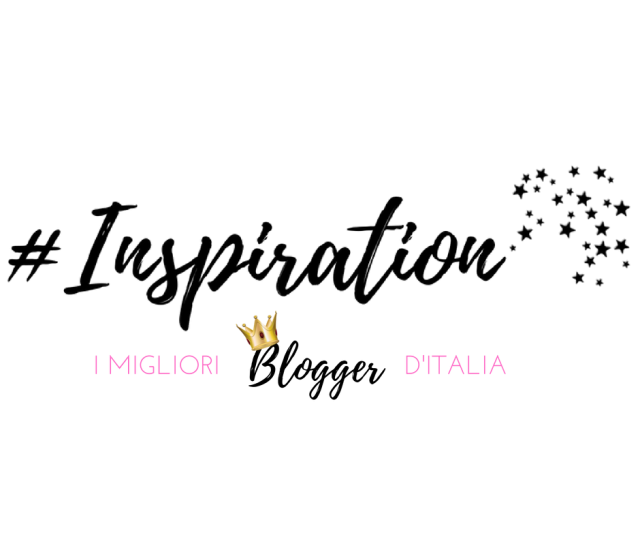THE RITE OF THE GONG FU CHA IN NAPLES
We welcome the team Tasting our contributor Francesca Gallo, great lover of tea.
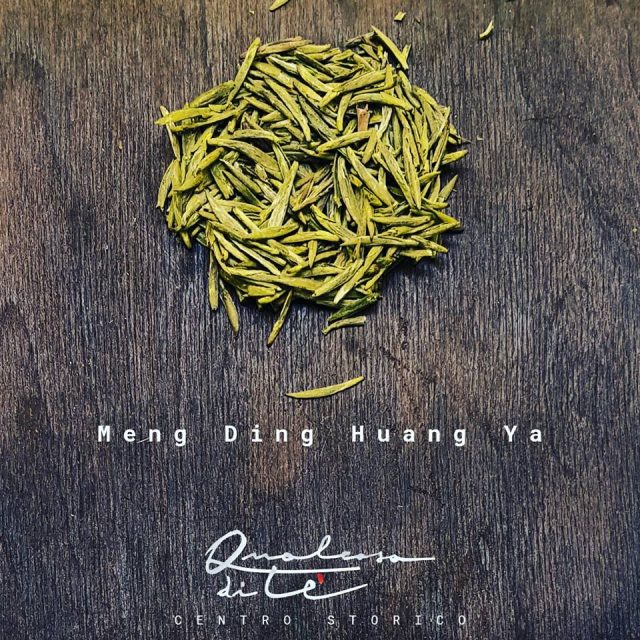
At Centro di Alimentazione Consapevole Vico San Pietro a Majella was held, domenica 11 November, a tasting of Chinese tea selected by spring crops 2018 and in-style brews Gong Fu Cha.
A driving experience Giuseppe Musella, expert and pioneer in the industry with Qualcosa di tè, the first tea shop in Naples.
This, in simple words, It is the news. Who is already versed in the tea world will know what it is; He will not say much, theme, to those who have never heard of Gong Fu Cha, or trying a little 'in awe of something perceived so alien to our culture.
I understand but I do not agree, and conquering nature with passionate I am about to mention this fact bell assaje I attended.
What happened, dunque, in a cozy room in the center of the Neapolitan nightlife which is Piazza Bellini?
People of all levels of experience with tea, around the same table, They could try to prepare themselves tea the Chinese with the tools, the guide and of course the gem of Chinese tea selected by Giuseppe, and accurately:
-DaFo LongJing, Zhejiang Green Tea
-Zhu Ye Qing, Green tea Sichuan
-Bi Luo Chun, Jiangsu Green Tea
-Huang Shan Mao Feng, Anhui Green Tea
-Meng Ding Huang Ya, Sichuan yellow tea
-Dian Hong Jin Zhen, Yunnan Red Tea
-Dian Hong Jin Luo, Yunnan Red Tea.
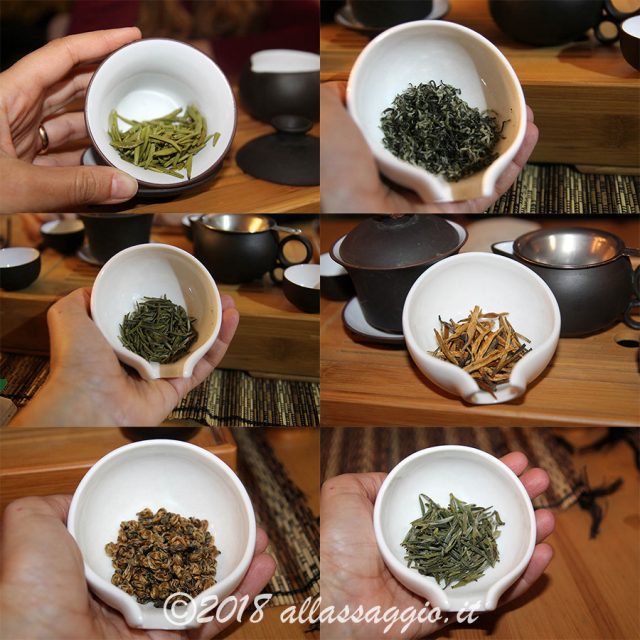
More than "tasted", saw the pleasant atmosphere created, I venture to say that you are sorchiato from cups with taste, attention and curiosity, but it was also joked about the perceptions of everyone present, all while he is learning to know the plant in its facets and the best way to express it in the cup. This was possible due to the nature of tea, the nature of the rite, and not least the nature of us Neapolitans offering great potential in this area.
But let's order: What is the Gong Fu Cha?
Il Gong Fu Cha (Congou, gongfucha) It is practiced in China from ancient times and is inextricably linked to the figure of Lu Yu, author of the famous "Tea canon", the first monograph on tea history written in 758 during the Tang Dynasty; the importance of Lu Yu in Chinese culture is such that it is considered patron deity of the class. The ritual he described was then naturally evolved over the centuries, changing into various forms depending on the context and in any case always remaining transverse: the emperor room or the modern collector, rich in precious objects and niche tea, that of the farmer with the always ready hot water for tea sciuè sciuè ma non meno importante, the tea leaves are ubiquitous.
Approximately, given the complex nature of Chinese characters and their interpretation, the expression Gong Fu Cha means "prepare with care and commitment tea".
We sit together and prepare a cup of tea to the best of their ability, with great care and tea guest; not necessarily all of this translates into the rarefied atmosphere ceremonial more typical of Japanese tradition. Trying an affinity with something close to our feelings Neapolitan and Italian, the more immediate association is that of making coffee: Neapolitans for us is certainly a serious matter like a rite, a courtesy to the host.
Coming to practice, different tools are needed to brew tea in a more or less articulated.
Il gaiwan, a cup and saucer with lid (symbolizing man respectively, heaven and earth), It is usually made of ceramic or porcelain and acts as a teapot. In alternative, using teapots small compared to our standards and generally in a porous clay; those in clay yixing They are considered of great value.
A second key element is the vassoio, also called "tea table", characterized by a shelf in slots and an underlying container that collects the waste liquid. Even of this element there are various types, the most rich and elaborate to the simplest and "battle".
An object is definitely practical gongbei, o fair cup, a small pitcher that allows you to quickly pour the infusion of tea and then distribute it evenly into the cups.
Then there are the various wooden tools used to manage leaves and cups during preparation. Last but not least the cups, that after the teapots are one of the elements I enjoy most show newbies; if I earned every time someone said to wide-eyed "The cup is this? But for dolls!" I would be very, very rich. They are so well made and above all to be practical: containing a small amount of liquid, allow to cool it quickly and taste it carefully.
The reason for this unusual size "doll" is obvious: tea in the Gong Fu Cha has a proportion of leaves and water very different from the Western one. If you do a "Western" Tea will serve about two grams per cup 250ml, the Gong Fu Cha grams rise to around 8 grams for only 120ml, then distributed in cups from about 25ml. The main difference is that while the Western tea is necessarily milder things, tea to the Chinese is more concentrated and can (should!) It is rapidly infused using the same leaves three to fifteen times, depending on the type which is employed.
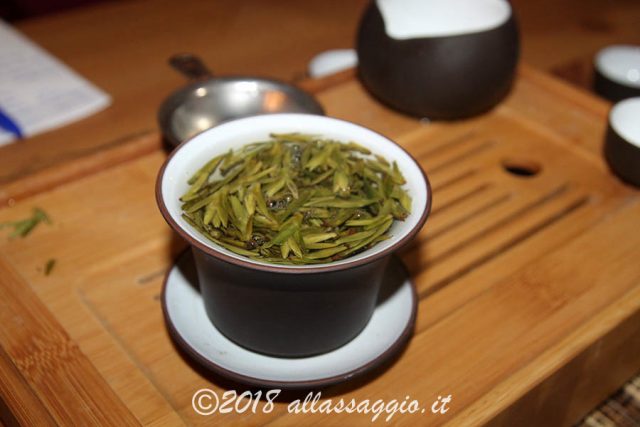
Starting again in so many different teas not only it helps to achieve a more concentrated liquor, also it allows you to discover the taste of the tea slowly and in a much more selective. Each infusion fact allows the tea to reveal its different look, release elements that in the previous cup had not found, and others will be found in the next cup.
Sul Gong Fu Cha, and tea, there is much more to be said: the quality of water and its temperature, the tea plant in its wide variety of cultivars and operations throughout Asia (and, lately, in other continents), the different approaches to the infusion techniques, the wide variety of tools and ceramics to explore and, naturalmente, the impact that tea has on the arts and philosophy.
All this can be researched online and among many excellent books, naturalmente, but such an approach is only a small part of its full experience where instead you smell, drinking, There you can enjoy a good cup and in real time you are confronted, He asked directly to those who have more experience.
And here we return to the meeting on Sunday.

Being able to talk about the tea out of the virtual world of groups, forum ed Instagram (with which now I have a love / hate relationship), to discussing this with people in the flesh actually or potentially affected and not occasional recalcitrant listeners caught among their acquaintances, It has something liberating. Very beautifull. refreshing. The idea of having an opportunity to share, meeting and just drink a cup of tea with like-minded people is precious.
The reason why I believe that Naples has an immense potential in adopting this drink, together with its preparation, it's very simple: we have always been willing, behind a bland reactionary resistance facade, to embrace new uses, new foods, new spices and new cultures and add something of our. Thou wilt ago the American, the music of Pino Daniele and all the jazz and blues Napoletana, the coffee, la salsa di pomodoro, 'The babba, They have one thing in common: are all witness to the curious nature and full of fascination to the other of the Neapolitan people, who at one point was manifested and made it history.
It holds true for all of Italy, but in Naples a little 'more: only we find ourselves around a table to prepare and drink tea with strangers in a blink they seem to already more cumpagn.
Pigliammece a tea!


